Police Operations Theory and Practice 6th Edition by Kären M. Hess – Test Bank
CHAPTER 4: PATROL: THE BACKBONE OF POLICE OPERATIONS
MULTIPLE CHOICE
1.Which of the following is not a specific category in the NCIC’s missing person file?
|
a. |
disabled |
|
b. |
voluntary |
|
c. |
endangered |
|
d. |
involuntary |
|
e. |
juvenile |
ANS:BPTS:1REF:(p. 128)
OBJ:How the majority of patrol time is spent.
2.It is generally conceded that the backbone of the police department is the
|
a. |
juvenile division. |
|
b. |
detective bureau. |
|
c. |
patrol division. |
|
d. |
support services. |
|
e. |
dispatcher. |
ANS:CPTS:1REF:(p. 126)
OBJ: How patrol is typically described.
3.Patrol officers are expected to serve as
|
a. |
clergy. |
|
b. |
therapists. |
|
c. |
psychologists. |
|
d. |
all of the other choices. |
|
e. |
none of the other choices. |
ANS:DPTS:1REF:(p. 126)
OBJ:What functions patrol typically performs.
4._________ patrol reverses the advantages and disadvantages of foot patrol.
|
a. |
Bicycle |
|
b. |
Motorcycle |
|
c. |
Mounted |
|
d. |
Boat |
|
e. |
Automobile |
ANS:EPTS:1REF:(p. 135)
OBJ: What methods of patrol have been used and the advantages and disadvantages of each.
5.Sporting events, political events, rock concerts, and parades are all functions of patrol officers in the category of
|
a. |
public gatherings. |
|
b. |
arrest. |
|
c. |
non crime calls for service. |
|
d. |
community service. |
ANS:APTS:1REF:(p. 131)
OBJ: How crowds can be classified.
6.Which patrol method is known for its “stealth factor”?
|
a. |
boat |
|
b. |
bicycle |
|
c. |
automobile |
|
d. |
motorcycle |
|
e. |
mounted |
ANS:BPTS:1REF:(p. 139)
OBJ: What methods of patrol have been used and the advantages and disadvantages of each.
7.There is no resource more valuable to a police department than
|
a. |
citizens. |
|
b. |
informants. |
|
c. |
undercover officers. |
|
d. |
patrol officers. |
ANS:DPTS:1REF:(p. 126)
OBJ:What functions patrol typically performs.
8.The Supreme Court case of United States v. Place (1983) dealt with the issue of
|
a. |
rapidity of police response time. |
|
b. |
assigning rookies to high-crime areas and “fast” shifts to help them learn their new job more rapidly. |
|
c. |
whether a K-9 sniff of luggage constitutes a search. |
|
d. |
whether air patrol violated citizens’ expectation of privacy. |
|
e. |
how officers should respond to various types of crowd situations. |
ANS:CPTS:1REF:(p. 143)
OBJ: What methods of patrol have been used and the advantages and disadvantages of each.
9.Foot patrol programs
|
a. |
greatly reduce crime rates. |
|
b. |
improve public relations between the police and the community. |
|
c. |
are the most cost-effective form of patrol. |
|
d. |
all of the other choices. |
|
e. |
none of the other choices. |
ANS:BPTS:1REF:(p. 134)
OBJ: What methods of patrol have been used and the advantages and disadvantages of each.
10.Gathering intelligence is
|
a. |
an important part of the patrol function. |
|
b. |
only reserved for seasoned veterans. |
|
c. |
a crucial function within special operations. |
|
d. |
a function within undercover operations. |
ANS:APTS:1REF:(p. 127)
OBJ:What functions patrol typically performs.
11.The majority of the U.S. police agencies employ
|
a. |
more than 80 officers. |
|
b. |
between 50 and 60 officers. |
|
c. |
between 30 and 40 officers. |
|
d. |
fewer than 20 officers. |
|
e. |
fewer than 4 officers. |
ANS:DPTS:1REF:(p. 127)
OBJ: How patrol is typically described.
12.Which of the following is not an important patrol function?
|
a. |
gathering intelligence |
|
b. |
making arrests |
|
c. |
responding to noncrime calls for service |
|
d. |
controlling traffic |
|
e. |
determining a suspect’s guilt |
ANS:EPTS:1REF:(p. 127)
OBJ:What functions patrol typically performs.
13.Geographic locations where crime incidents tend to cluster are known as a
|
a. |
hot spots. |
|
b. |
geo-patrol. |
|
c. |
offense cluster. |
|
d. |
crime grouping. |
ANS:APTS:1REF:(p. 134)
OBJ:What functions patrol typically performs.
14.__________________ involves unstructured patrol throughout a beat, by varying methods, in an effort to deter crime by creating a sense of police omnipresence.
|
a. |
Preventive patrol |
|
b. |
Random patrol |
|
c. |
Routine patrol |
|
d. |
Saturation patrol |
ANS:CPTS:1REF:(p. 144)
OBJ: What methods of patrol have been used and the advantages and disadvantages of each.
15.Vehicle-mounted video is used to
|
a. |
help settle court cases. |
|
b. |
assist in internal affairs investigations. |
|
c. |
help officers write their incident reports. |
|
d. |
all of the other choices. |
|
e. |
none of the other choices. |
ANS:DPTS:1REF:(pp. 136–137)
OBJ: What methods of patrol have been used and the advantages and disadvantages of each.

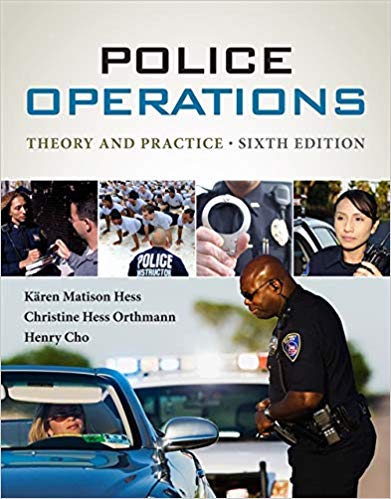

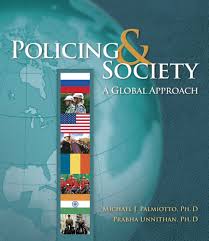


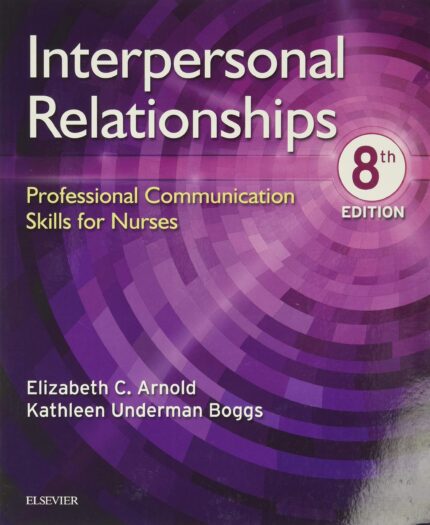
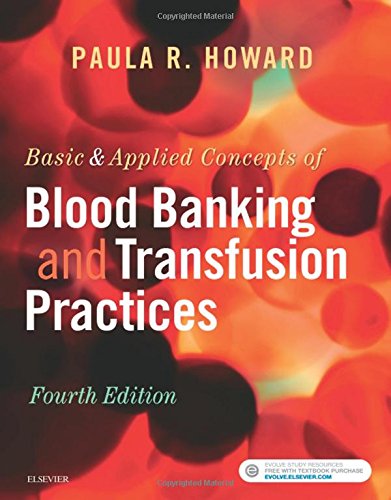


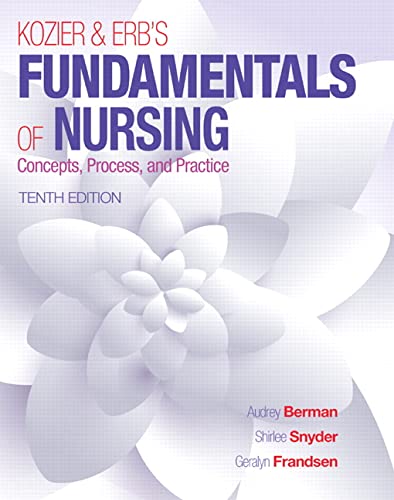


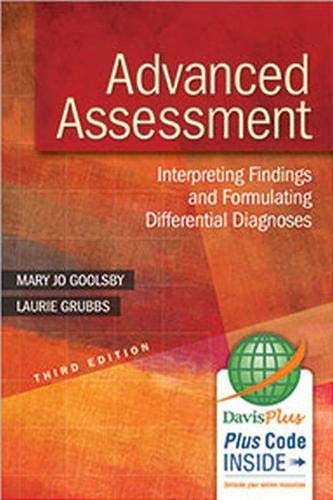
Reviews
There are no reviews yet.